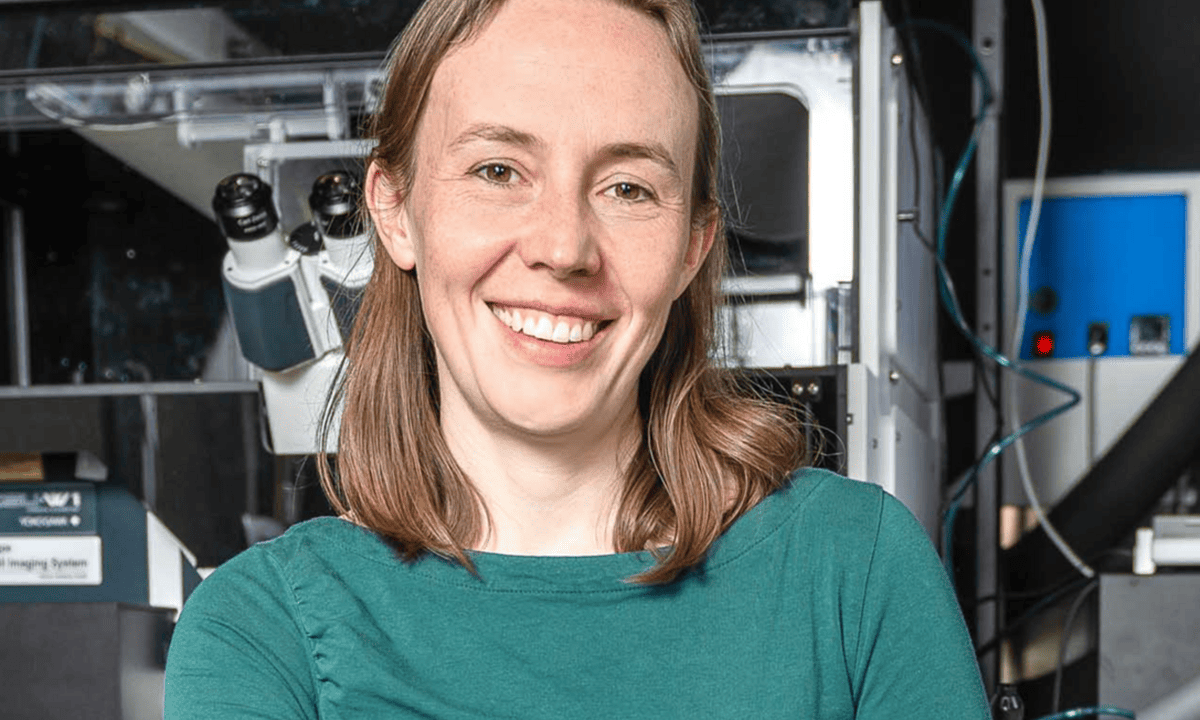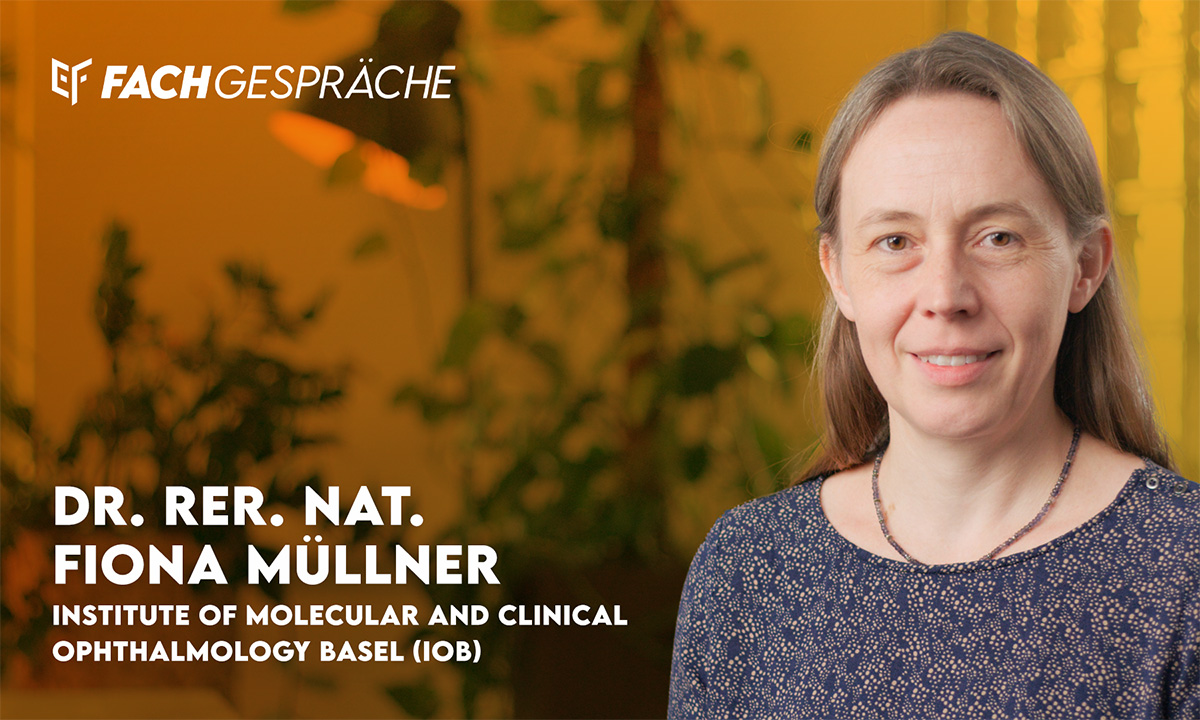From IOB to DANDRITE: Fiona Müllner appointed as new Group Leader
Fiona Müllner, currently a postdoctoral researcher at IOB, has been appointed Group Leader at DANDRITE, the Danish Research Institute of Translational Neuroscience, and Associate Professor at Aarhus University.

Fiona Müllner's research investigates how neural circuits in the thalamus — the brain’s first central processing stage — influence visual perception. During her time at the Institute of Molecular and Clinical Ophthalmology (IOB) in Basel, she explored the structure and function of the dorsolateral geniculate nucleus (dLGN), the key thalamic region connecting the retina and the visual cortex, leading to the publication of her most recent paper.
In 2024 Müllner received the Swiss OphthAward in the category “Best Experimental Paper” for her work on thalamic inhibitory interneurons and their role in processing visual features published in Neuron.
With a strong interdisciplinary background in molecular medicine, mathematics, neurophysiology, and circuit neuroscience, Fiona Müllner brings a unique perspective to understanding brain function. Her work also incorporates biophysical modelling and the development of novel analytical tools, further broadening her research approach.
Mapping a key structure in the brain’s visual processing pathway
At the core of Müllner's research lies a fundamental question: How does the brain actively shape its own sensory perception?
Focusing on the visual system, she investigates how neural circuits at the brain’s first central processing stage—the thalamus—shape the way we see. If the thalamic region connecting the eyes with the cortex, known as the dLGN (dorsolateral geniculate nucleus), is damaged, it results in blindness.
While the dLGN is essential for relaying visual information from the eyes to the cortex, it does far more than simply transmit signals. Its activity is modulated by factors such as attention, arousal, and past experiences, which can influence visual perception even before the information reaches conscious awareness. Yet, the precise mechanisms underlying this modulation remain largely unknown.
Using virus-based anatomical tools, large-scale physiological recordings, and high-resolution in vivo light microscopy, Müllner’s lab will investigate how different brain regions interact with the dLGN to shape visual perception. By uncovering the structure and function of these intricate neural circuits, she hopes to gain deeper insight into the foundations of cognition itself.
"I am thrilled to start my research group at DANDRITE, in an environment of inspired and open-minded colleagues. I look forward to all aspects of this new endeavor—from experimental planning and student supervision to sharing fascination and making new discoveries," Müllner explains.
Interim director Poul Henning Jensen elaborates on the strategic significance of the recruitment of Müllner: ”I am very happy that we succeeded in recruiting Fiona for several reasons. Her research topic of how we as individuals interpret the light that hits our eyes, in essence our visual input, is inherently fascinating. Methodologically, her strong neurocircuitry background complements the expertise of our current four group leaders thereby giving us a stronger experimental palette. Finally, Fiona’s solid background in mathematics and computational neuroscience will facilitate integration of novel computational approaches across DANDRITE and bring important learning to our students.”
Müllner joins DANDRITE from her postdoctoral position at the Institute of Molecular and Clinical Ophthalmology (IOB) in Basel. She will officially begin her role at DANDRITE in August.
Ein Eyefox-Fachgespräch mit Fiona Müllner zu ihren Forschungen sehen Sie hier:
